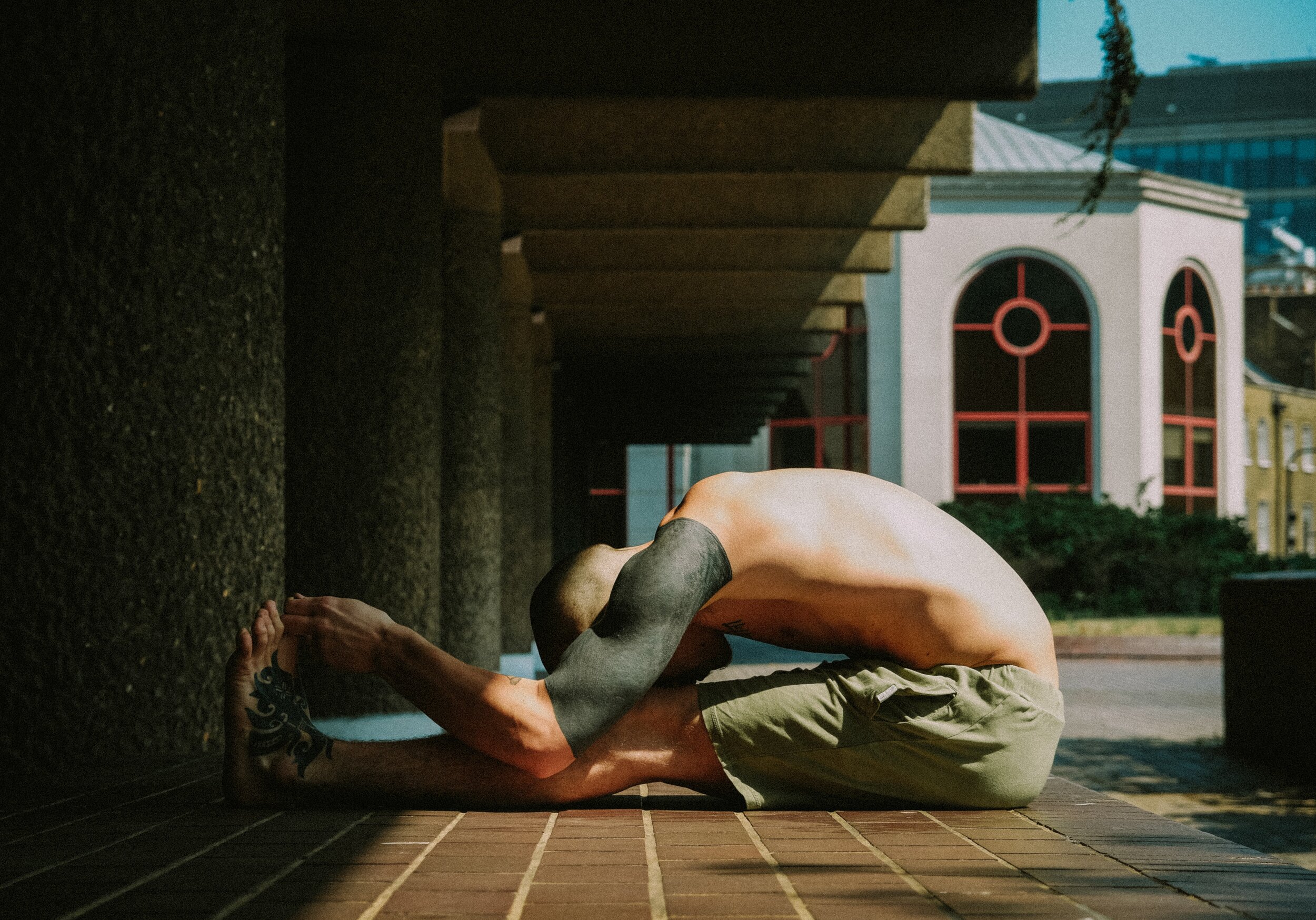Flexibility is a common concern for many people when starting yoga, but it shouldn’t be a barrier to getting on the mat. As adults, it can be more difficult to maintain or gain flexibility due to our sedentary lifestyles and lack of movement. The pandemic and lockdowns have only made this worse. To improve flexibility, it’s important to stretch the fascia and muscle fibers through regular practice. Be gentle with your body and give yourself time to stretch mindfully. Remember, even if you haven’t been flexible from a young age, it’s still possible to gain flexibility and move better. It’s important for the joints, mind, and tissues to have freedom of movement. Our bodies are our best friends and will always try to help us, so we should be mindful of how we treat them.
Flexibility is an important aspect of physical fitness and overall well-being. It enables us to move freely and perform daily activities with ease. However, as we age or become more sedentary, our bodies can lose flexibility, which can lead to stiffness, pain, and even injury.
Yoga is a great way to improve flexibility as it involves a variety of stretches and poses that target different parts of the body. It’s important to approach your practice with patience and consistency, as it takes time to see improvement. Starting with a gentle practice and gradually increasing the intensity can help prevent injury and allow the body to adapt to the new movements.
In addition to physical benefits, incorporating flexibility into your routine can also have mental and emotional benefits. Stretching can help reduce stress and tension in the body, improve focus and concentration, and increase feelings of calm and relaxation.
It’s also important to note that flexibility is not one-size-fits-all. Everyone’s body is unique and will have different capabilities. It’s important to listen to your body and not push yourself too hard. It’s also important to note that flexibility can be improved in many ways, not only through yoga, but also through other activities such as Pilates, gymnastics, dance or even stretching before or after other physical activities.
Overall, becoming more flexible takes time and effort, but with regular practice and patience, you’ll notice an improvement in your range of motion and overall well-being.

WHEN IT COMES TO STRETCHING, THERE ARE SEVERAL TYPES TO CHOOSE FROM AND EACH HAS ITS OWN UNIQUE BENEFITS.
HERE ARE A FEW TO CONSIDER TRYING:
-
Proprioceptive Neuromuscular Facilitation (PNF) stretching, this type of stretching uses the agonist muscle group to stretch the antagonist muscle group. For example, sitting down with your legs wide open, contracting the quadriceps will automatically induce a greater stretch in the hamstrings. This is an effective method for gaining flexibility and improving range of motion.
-
Dynamic stretching, also known as postural stretching, is a great way to gain flexibility safely. Yoga is a form of dynamic stretching. As you move, the amount of blood flow to the area increases, supplying the muscles with oxygen, which helps to gain flexibility more quickly.
-
Active stretching involves, contracting a muscle group to stretch the opposite group. The stretch is held for 15 to 30 seconds. This type of stretching requires activation of the agonist muscles and focusing on the specific body part you’re trying to stretch. For example, lying on your back, lifting your leg up to the air and holding it to stretch the hamstrings (your agonist muscles are hip flexors, quadriceps, mainly the rectus femoris which is also a hip flexor, and core muscles). It is best to practice this type of stretching after training as it can impact performance (strength, power).
-
Passive stretching, is probably the most well-known type of stretching. It uses an external force and the stretch is held for a longer time. A partner, straps or gravity can be used to help maintain the stretch. It should be held for at least 60 seconds. This type of stretching stresses the joints and connective tissues, allowing for further stretching and gaining length. However, It should be used carefully, if you are hyper-mobile or have an injury where the tissues need repair, It is not recommended to use this type of stretching, but rather an active stretching or a restorative approach.
-
Restorative stretching, is a gentle approach that can be beneficial for injuries, illnesses, bodily dysfunctions and busy minds. This practice has many advantages, including slowing down the nervous system and calming the mind. It uses props to support the joints and has a functional approach.
When stretching, it’s important to remember to practice regularly, even if it’s just for 10 minutes a day. Get off your chair every 40 minutes if you can, drink plenty of water to help keep your muscles hydrated, stretch a variety of muscle groups such as quadriceps, hamstrings, calf muscles, hip flexors, shoulders, upper chest, etc. Consider stretching in the morning or evening before bed, and be mindful of your stretching technique and goals depending on your health state.
If you have any questions, feel free to reach out.
Namaste
